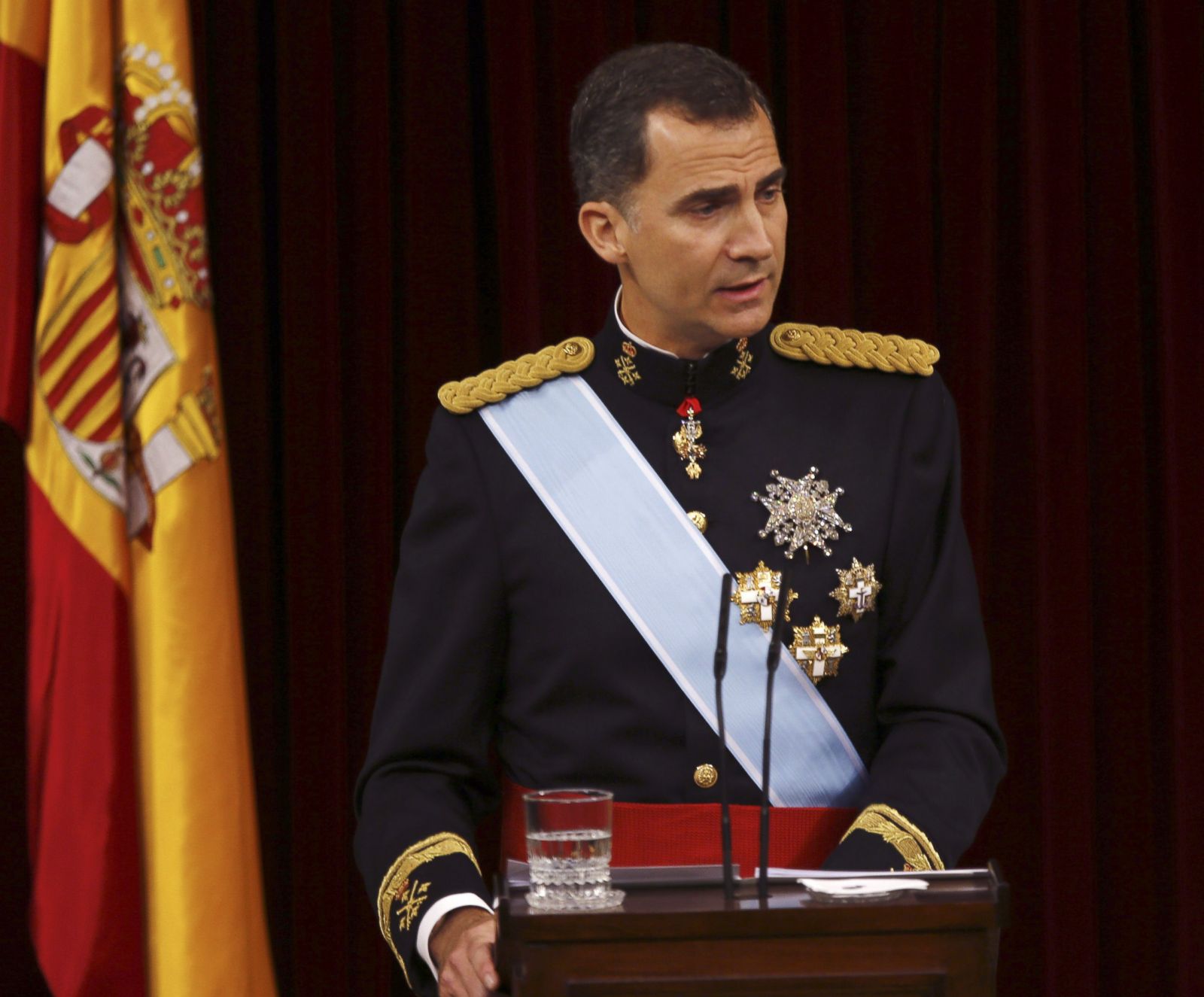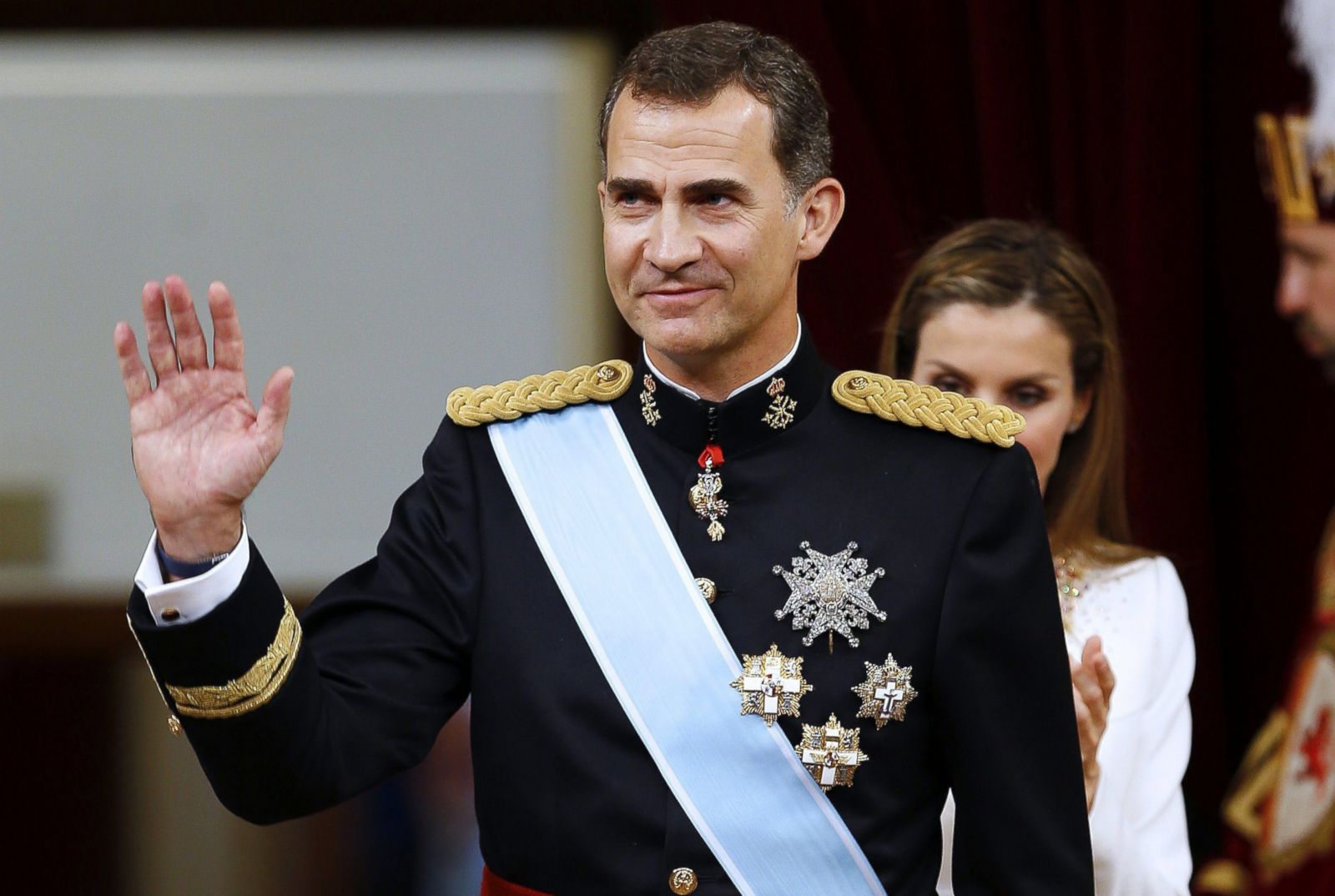Royal Lineage and History

The Spanish monarchy, one of the oldest in Europe, traces its lineage back to the Visigoths, who established a kingdom in the Iberian Peninsula in the 5th century. The first king of Spain, as we know it today, was Pelayo, who founded the Kingdom of Asturias in 718 after defeating the Moors at the Battle of Covadonga.
Over the centuries, the Spanish monarchy has undergone significant changes, including the unification of the various Christian kingdoms under Ferdinand and Isabella in the 15th century, the vast expansion of the Spanish Empire in the 16th and 17th centuries, and the establishment of a constitutional monarchy in the 19th century.
The King of Spain, Felipe VI, is a popular figure in the country. He is known for his work in promoting education and social justice. At 55 years old, he is one of the youngest reigning monarchs in Europe. This is in contrast to tennis star Novak Djokovic, who is 35 years old.
How old is djokovic is a question that is often asked by tennis fans. The Serbian player is one of the most successful tennis players of all time, having won 21 Grand Slam titles. He is also known for his longevity, having remained at the top of the game for over a decade.
Like the King of Spain, Djokovic is a respected figure in his field.
Succession and the Spanish Throne
The Spanish monarchy follows the principle of male-preference primogeniture, meaning that the throne passes to the eldest son of the reigning monarch. If the monarch has no sons, the throne passes to his eldest daughter. If the monarch has no children, the throne passes to the next eldest male relative in the line of succession.
The current king of Spain, Felipe VI, ascended to the throne in 2014 after the abdication of his father, Juan Carlos I. Felipe VI is the great-grandson of King Alfonso XIII, who was the last king of Spain before the establishment of the Second Spanish Republic in 1931.
The Role and Influence of the Spanish Monarchy
Throughout history, the Spanish monarchy has played a significant role in the political, cultural, and social development of Spain. The monarchs of Spain have been responsible for leading the country through wars, conquests, and periods of peace and prosperity.
The King of Spain, a keen tennis enthusiast, has witnessed the rise of young Spanish star Carlos Alcaraz, who has quickly become one of the most exciting prospects in the sport. Alcaraz’s remarkable achievements, including his recent victory at the US Open, have earned him a place among the elite players in the world.
The King, who has long supported Spanish tennis, will undoubtedly be following Alcaraz’s progress closely as he continues to make history in the sport.
The Spanish monarchy has also been a major patron of the arts and sciences. The Spanish Golden Age, a period of cultural flourishing in the 16th and 17th centuries, was largely due to the patronage of the Spanish monarchs.
Notable Kings of Spain
Some of the most notable kings of Spain include:
- Philip II (1556-1598): Philip II was one of the most powerful monarchs in European history. He ruled over a vast empire that included Spain, Portugal, the Netherlands, and parts of Italy and the Americas.
- Charles III (1759-1788): Charles III was a enlightened despot who introduced many reforms to Spain, including the establishment of a public education system and the improvement of infrastructure.
- Alfonso XIII (1886-1931): Alfonso XIII was the last king of Spain before the establishment of the Second Spanish Republic. He was a popular monarch who played a significant role in the modernization of Spain.
Current Reign of King Felipe VI: King Of Spain

King Felipe VI ascended to the throne of Spain on June 19, 2014, following the abdication of his father, King Juan Carlos I. His reign has been marked by a commitment to constitutional monarchy, public service, and the modernization of the Spanish monarchy.
As King, Felipe VI serves as the Head of State and the Commander-in-Chief of the Armed Forces. He represents Spain internationally and is responsible for ensuring the stability and unity of the nation. The King’s role is largely symbolic, with the actual governing power vested in the Prime Minister and the Parliament.
Public Perception and Support, King of spain
King Felipe VI enjoys widespread public support in Spain. He is seen as a modern and progressive monarch who has successfully navigated the challenges of a rapidly changing society. However, his reign has not been without its challenges. The economic crisis that hit Spain in 2008 led to widespread unemployment and social unrest, and the King’s popularity suffered as a result. Additionally, the ongoing Catalan independence movement has posed a significant challenge to the unity of the Spanish monarchy.
Cultural and Social Impact

The Spanish monarchy plays a significant role in shaping the cultural and social fabric of Spain. Its enduring presence and deep-rooted traditions have left an indelible mark on Spanish identity, fostering a sense of national pride and unity.
Royal ceremonies and events, such as the annual Epiphany parade in Madrid, serve as vibrant displays of Spanish culture and heritage. The monarchy also actively supports and promotes Spanish arts, music, and literature, both domestically and internationally.
Royal Ceremonies and Events
Royal ceremonies and events are grand spectacles that showcase the richness and diversity of Spanish culture. These events often involve elaborate processions, traditional costumes, and performances by renowned artists.
- The Epiphany parade in Madrid is a colorful and joyous celebration that attracts millions of spectators each year.
- The National Day parade on October 12th is a military and civilian display of Spanish pride and patriotism.
- The Royal Wedding of Felipe VI and Letizia Ortiz in 2004 was a global media event that showcased Spanish traditions and elegance.
Promotion of Spanish Culture
The monarchy plays a vital role in promoting Spanish culture and heritage both domestically and internationally. Through royal patronage and initiatives, the monarchy supports Spanish artists, musicians, and writers, helping to preserve and disseminate Spanish culture.
- The King and Queen are patrons of numerous cultural institutions, including the Royal Academy of Fine Arts and the Cervantes Institute.
- The monarchy has established several cultural awards, such as the Prince of Asturias Awards, to recognize outstanding achievements in the arts, sciences, and humanities.
- Royal visits and tours abroad often feature cultural exchanges and performances, showcasing Spanish culture to the world.